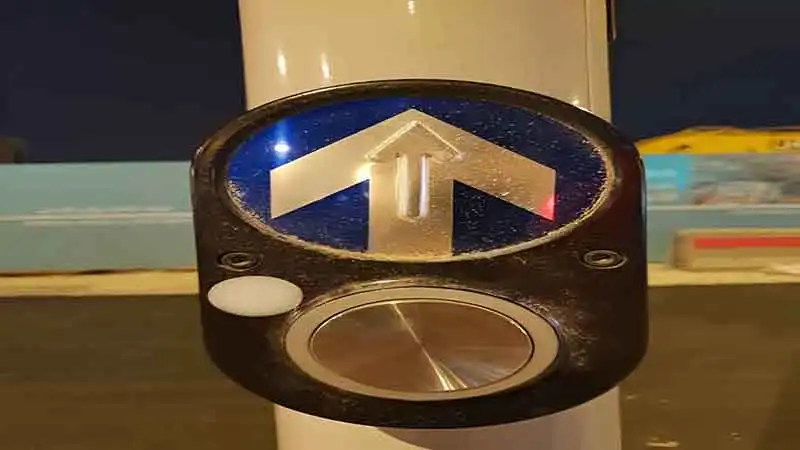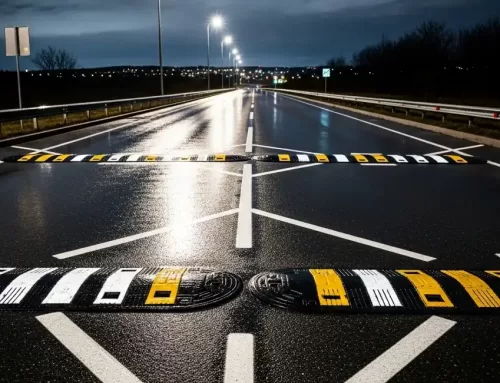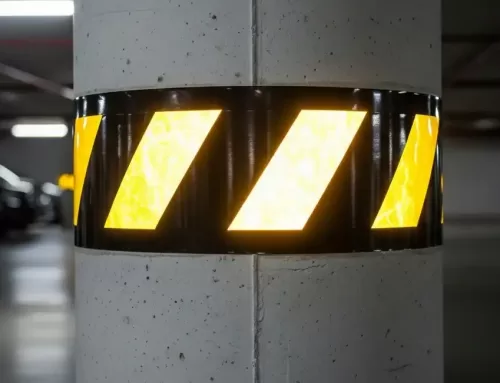Has prismatic reflective film ever updated its technology?

What is the content of the utility model?
The technical problem to be solved by the utility model is: to provide a prismatic reflective film, which can improve the production yield of the product and effectively improve the reflective efficiency.
To solve the above technical problems, the utility model adopts the following technical solutions:
A prismatic reflective film, the reflective film includes a resin film layer, a micro-prismatic layer, a sealing film layer, a backing layer, and a release paper arranged in sequence; the micro-prismatic layer includes a plurality of micro-prisms, and the micro-prisms are provided with a plurality of concave structures or/and convex structures.
As a preferred solution of the utility model, the micro-prisms are provided with a plurality of concave structures or/and convex structures of different sizes acting as focusing points.
The beneficial effects of the utility model are:
- The prismatic reflective film proposed in the utility model can improve the production yield of the product by forming concave or convex parts of different sizes on the micro-prisms;
- At the same time, these concave or convex parts can act as focusing points, which can effectively improve the reflective efficiency. In summary, the micro-prismatic reflective film proposed in the utility model can improve the production yield of the product by forming concave or convex parts of different sizes on the micro-prisms; at the same time, these concave or convex parts can act as focusing points, which can effectively improve the reflective efficiency.
The description and application of the utility model here are illustrative, and it is not intended to limit the scope of the utility model to the above-mentioned embodiments. Deformations and changes of the embodiments disclosed here are possible, and the replacement of the embodiments and various equivalent components are well known to those of ordinary skill in the art. It should be clear to those skilled in the art that the utility model can be implemented in other forms, structures, arrangements, proportions, and with other components, materials and parts without departing from the spirit or essential features of the utility model. Other deformations and changes can be made to the embodiments disclosed here without departing from the scope and spirit of the utility model.
What is the difference between prismatic reflective sheeting and other types of films?

The retro-reflective principle of prismatic reflective film is different from that of engineering-grade (embedded lens) and high-strength (sealed lens) reflective films. Both engineering-grade and high-strength reflective films use the glass bead reflection principle, while the reflection principle of prismatic reflective film uses the refraction and reflection of prisms
The main representative products of prismatic reflective film can be divided into four categories based on retro-reflective characteristics and structures: truncated prisms that focus on long-distance recognition, truncated prisms that focus on close-range large-angle reading, full prisms that take into account both long-distance recognition performance and close-range reading performance, and new prismatic reflective films that combine these prism technologies with new material technologies.
They are new reflective materials that have emerged in recent years to meet the needs of different levels in response to the diversification of application levels. After the first generation of micro-prismatic reflective film came out, people found a problem. When the motor vehicle really entered the reading distance of the sign, that is, under the condition of large observation angle, the brightness of the sign was attenuated too much, so that the content of the sign could not be read within the reading distance, or it would take longer to read. Therefore, people used the large-angle truncated micro-prismatic structure to manufacture a large-angle truncated micro-prismatic reflective film to solve the problem of keeping the sign at two degrees within the reading distance. Therefore, this large-angle reflective film is also a special prismatic reflective film described in terms of reflective performance.
Compared with the long-distance truncated micro-prismatic reflective film, the front brightness of the large-angle truncated micro-prismatic reflective film is relatively low, but at large incident angles and observation angles, its reflective brightness will not be greatly attenuated. The large angle corresponds to places with multiple lanes and many bends, as well as signs with complex content and requiring longer reading time, so this reflective film is suitable for traffic signs on urban roads and wide roads. Although its frontal reflective brightness at long distance is average (only relative to the long-distance prismatic grade, and still more than double the frontal brightness of the high-intensity grade), at close distance (the distance required for sign content reading), its reflective brightness is much higher than that of long-distance reflective film. Its directionality is stronger than that of long-distance reflective film, and it can be adjusted according to the location and direction of the sign to meet the needs of reading.





